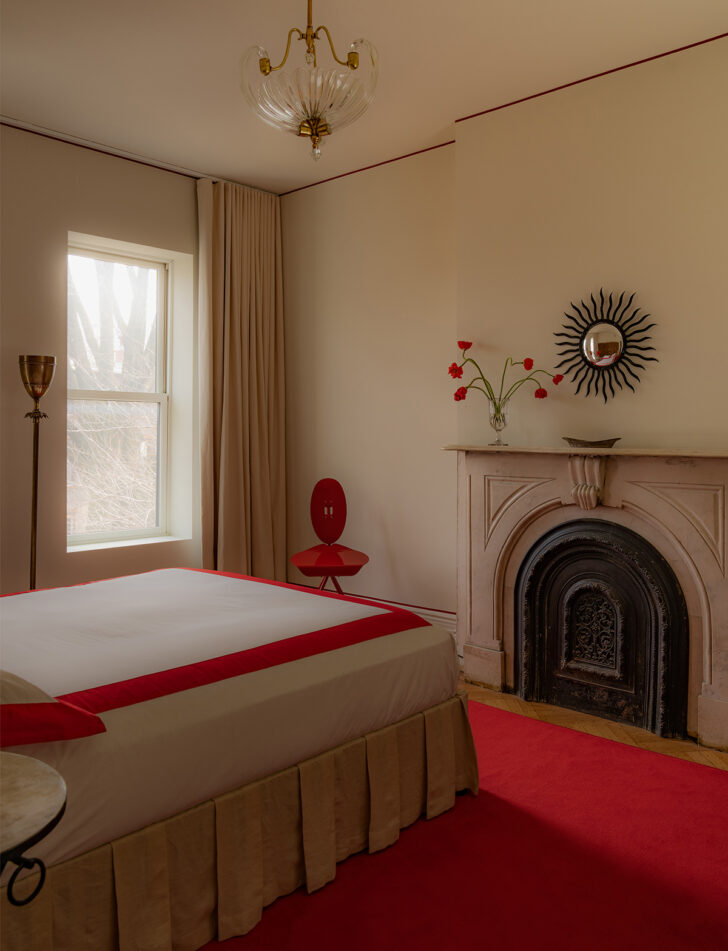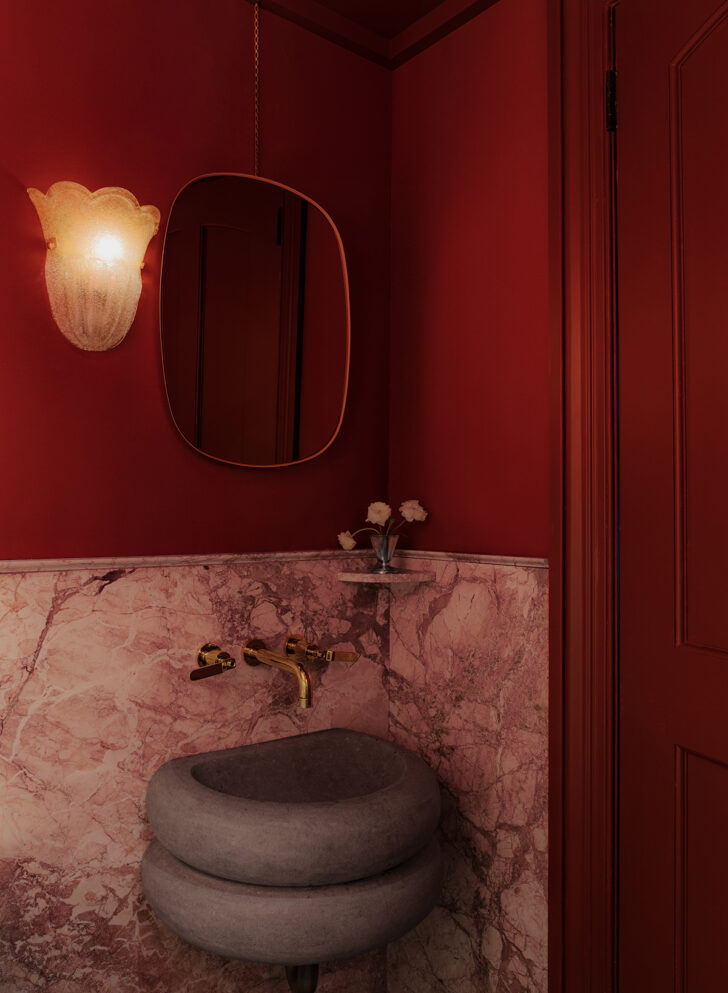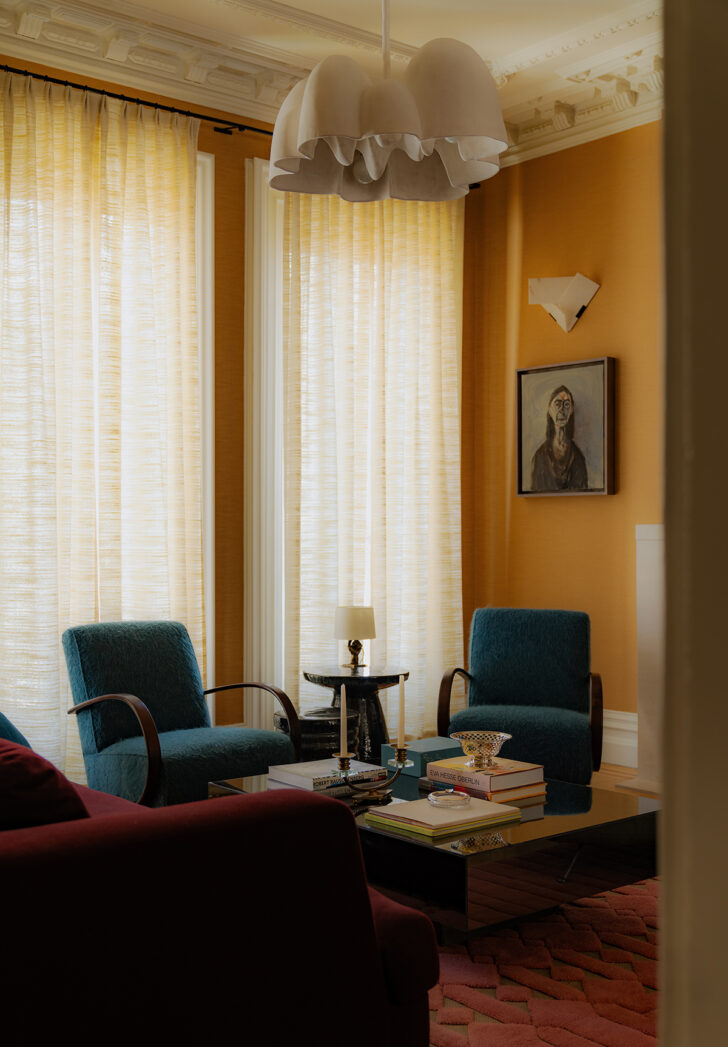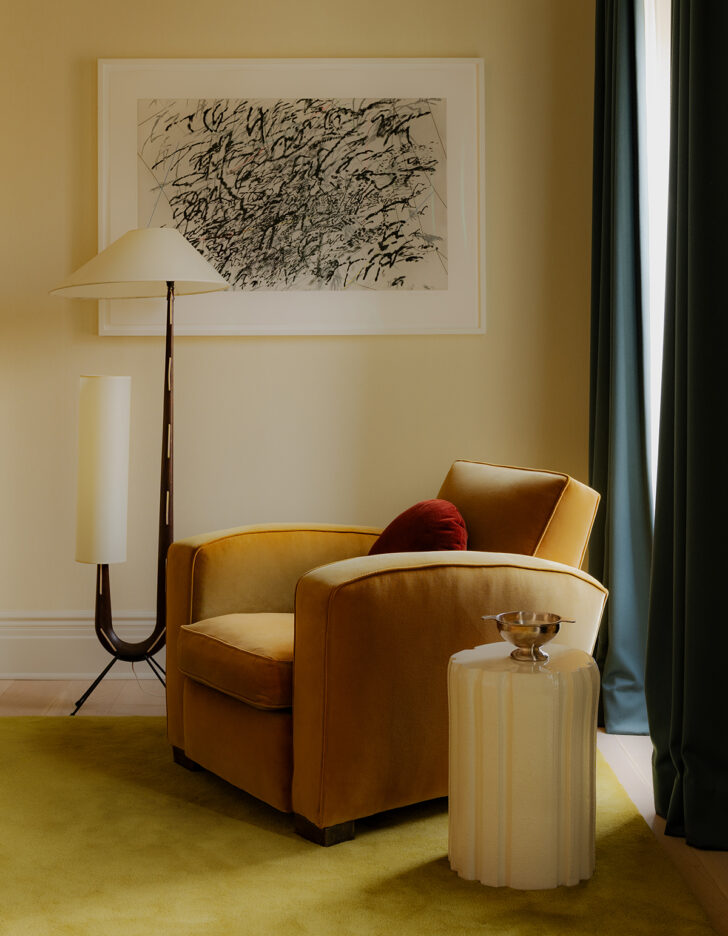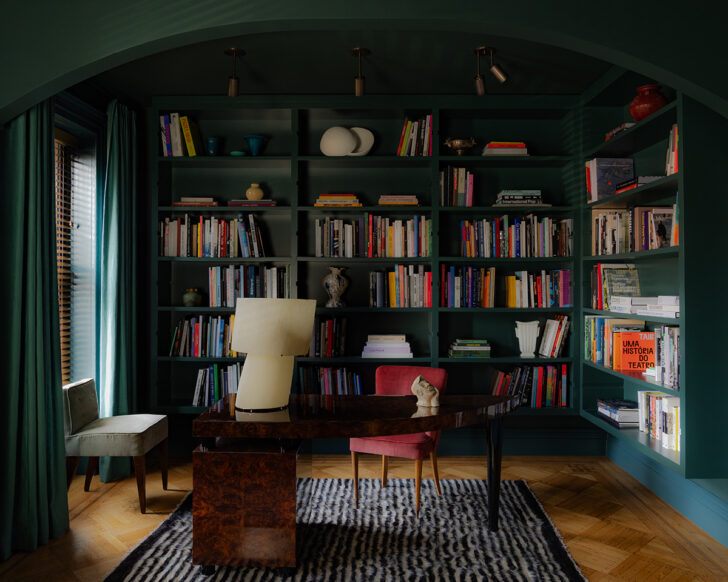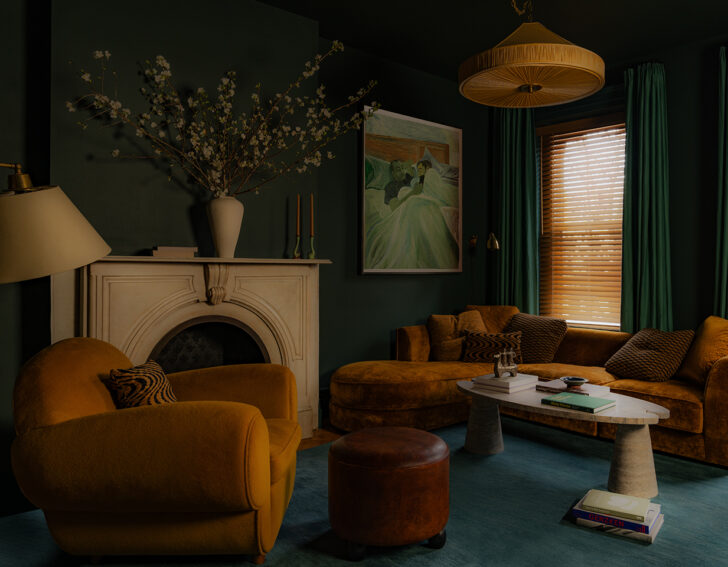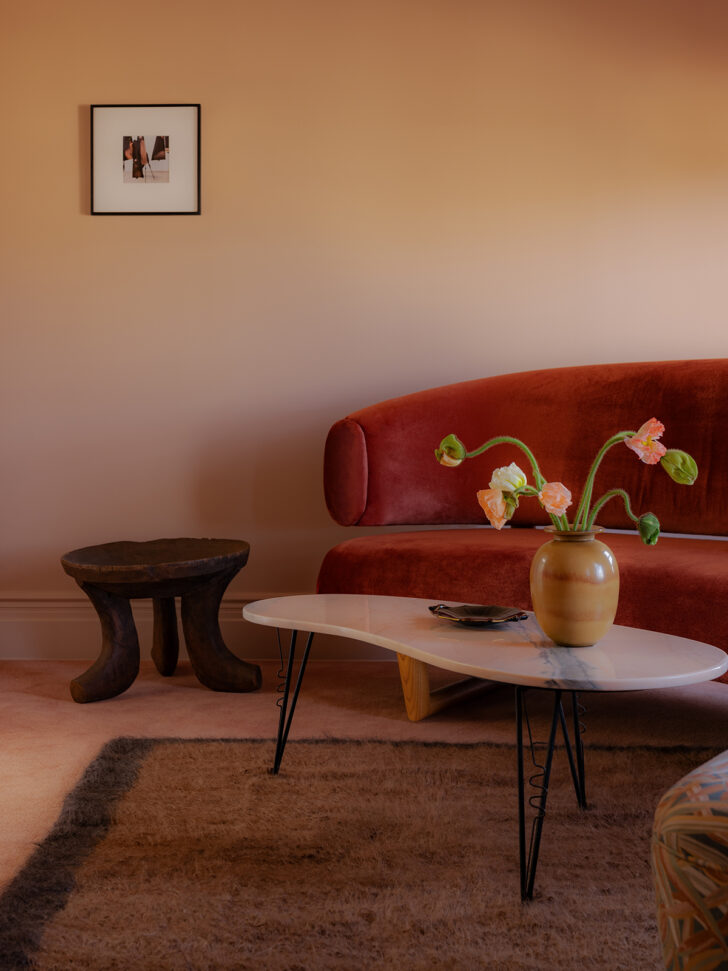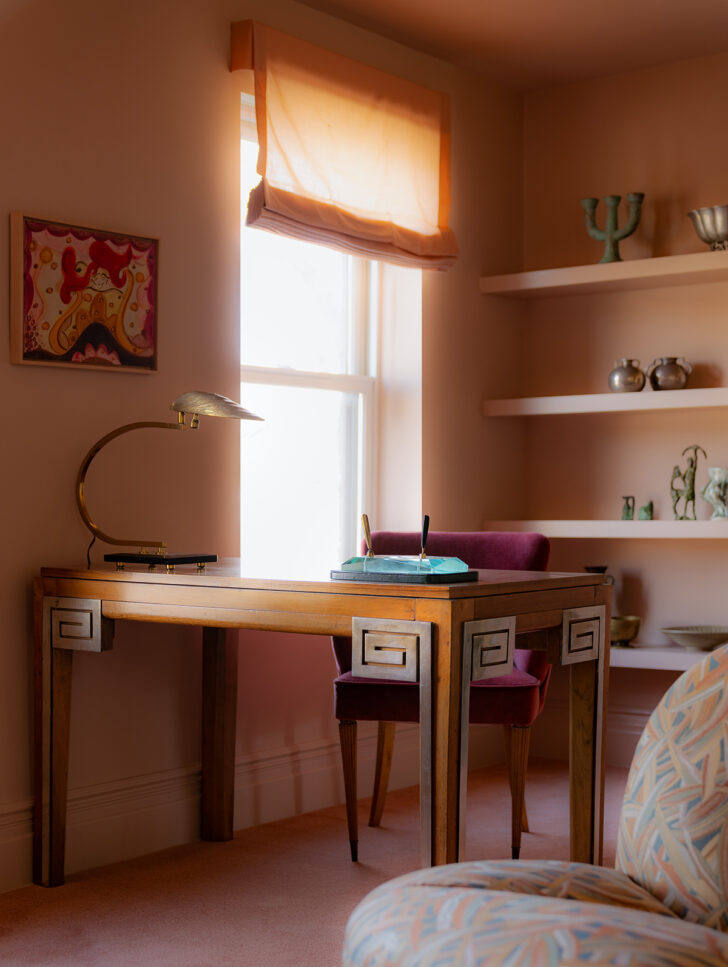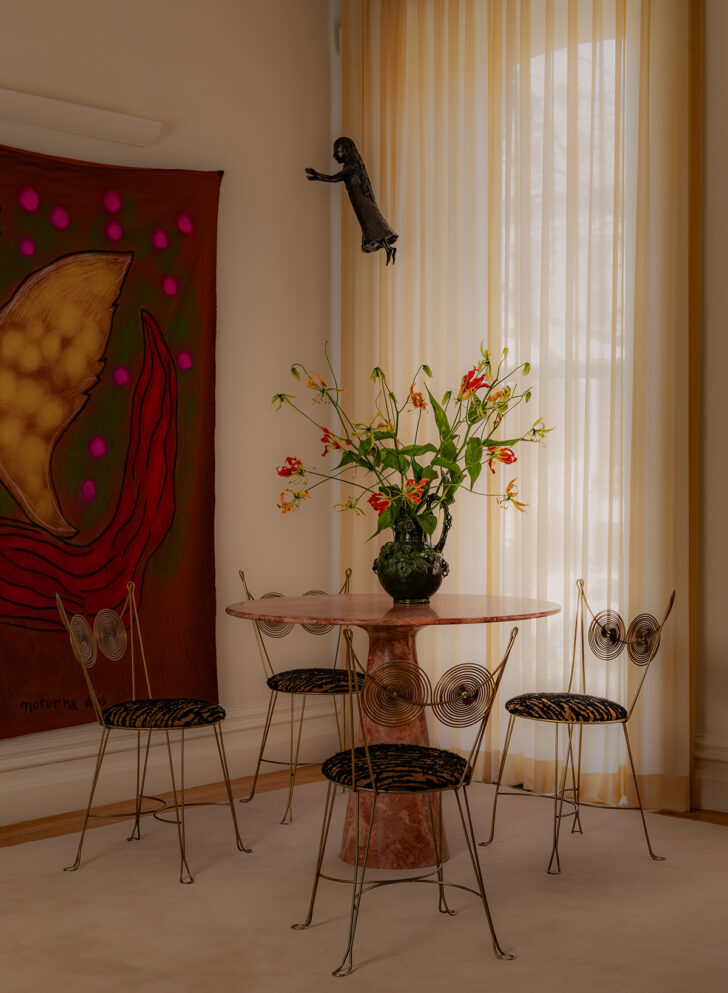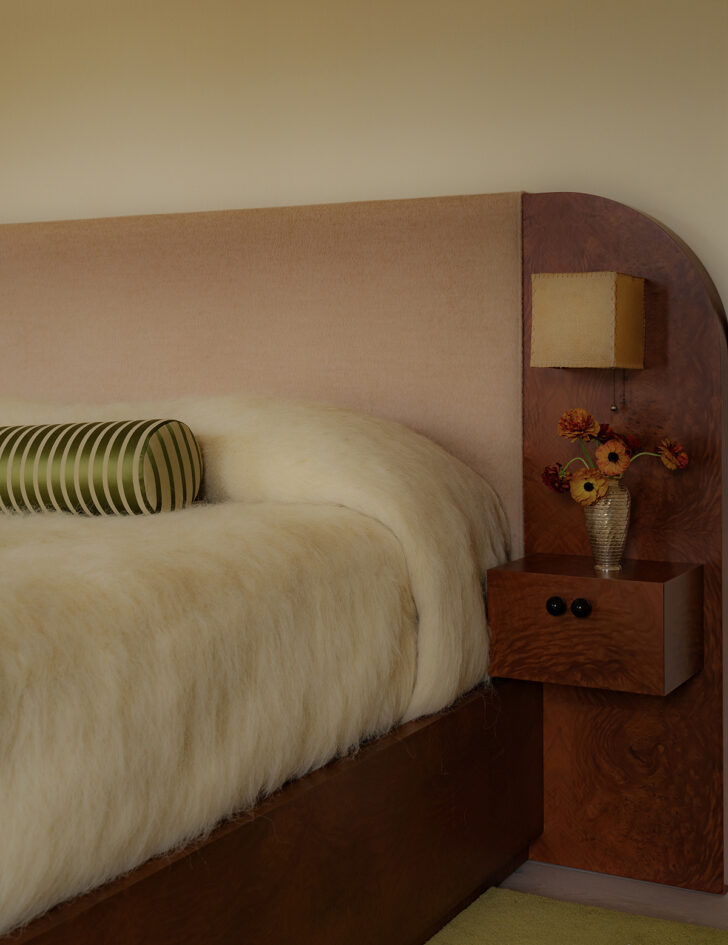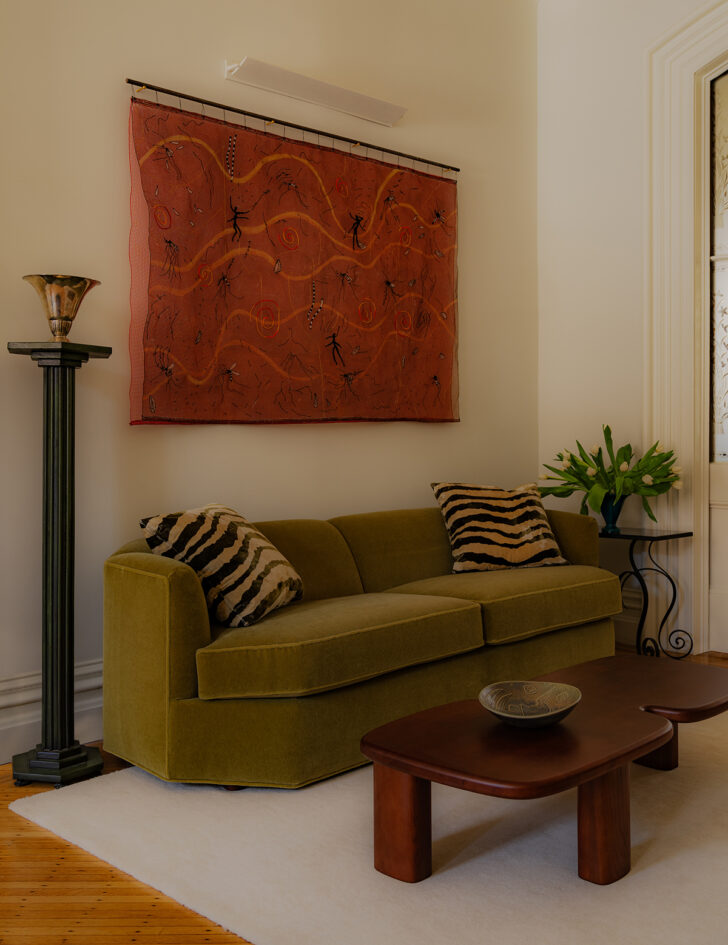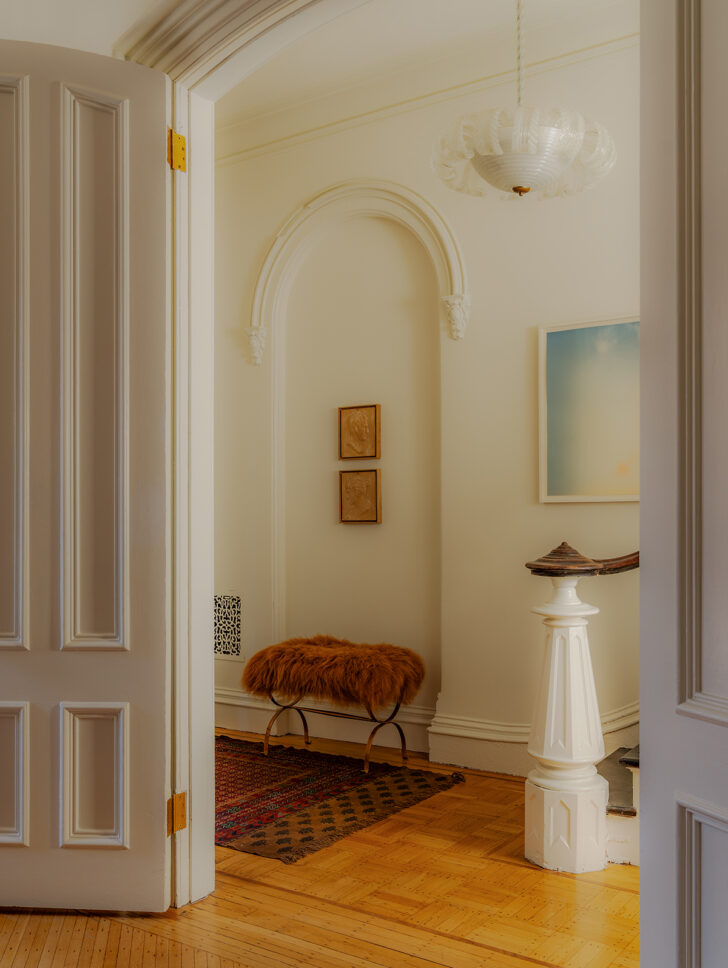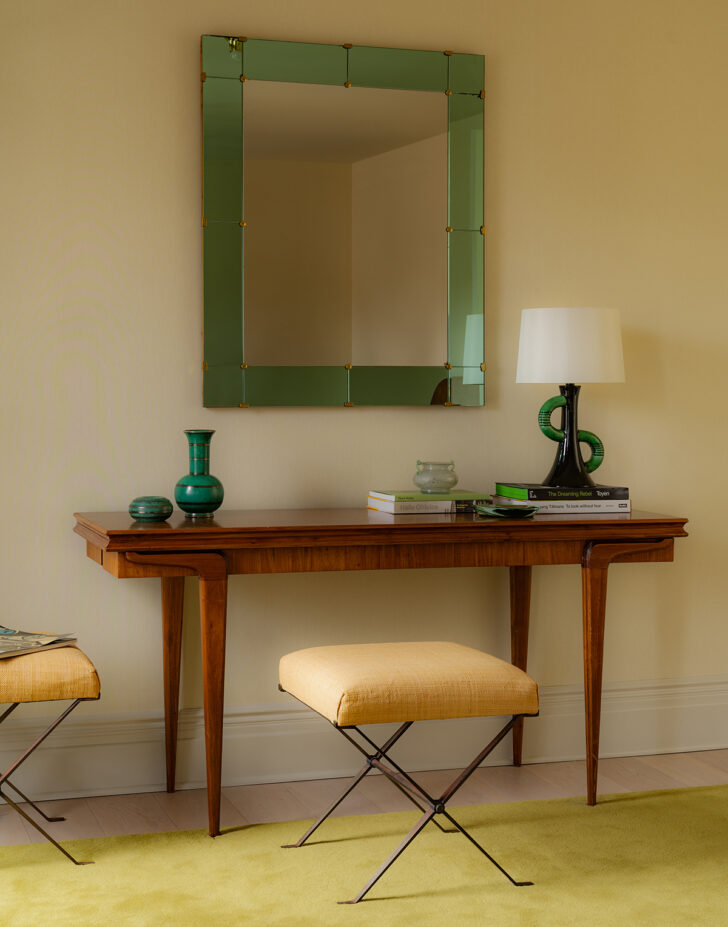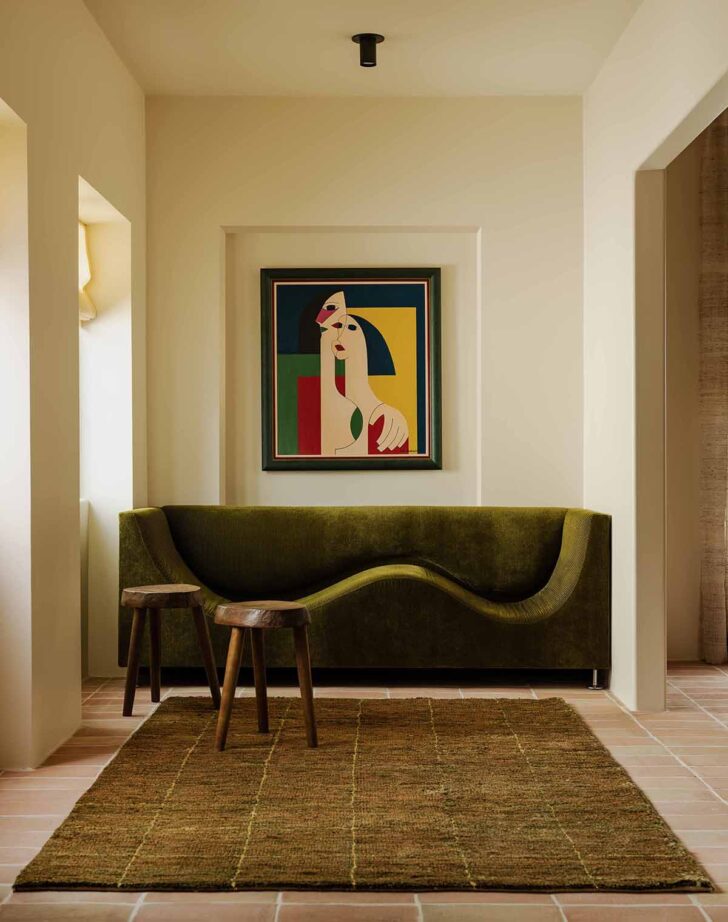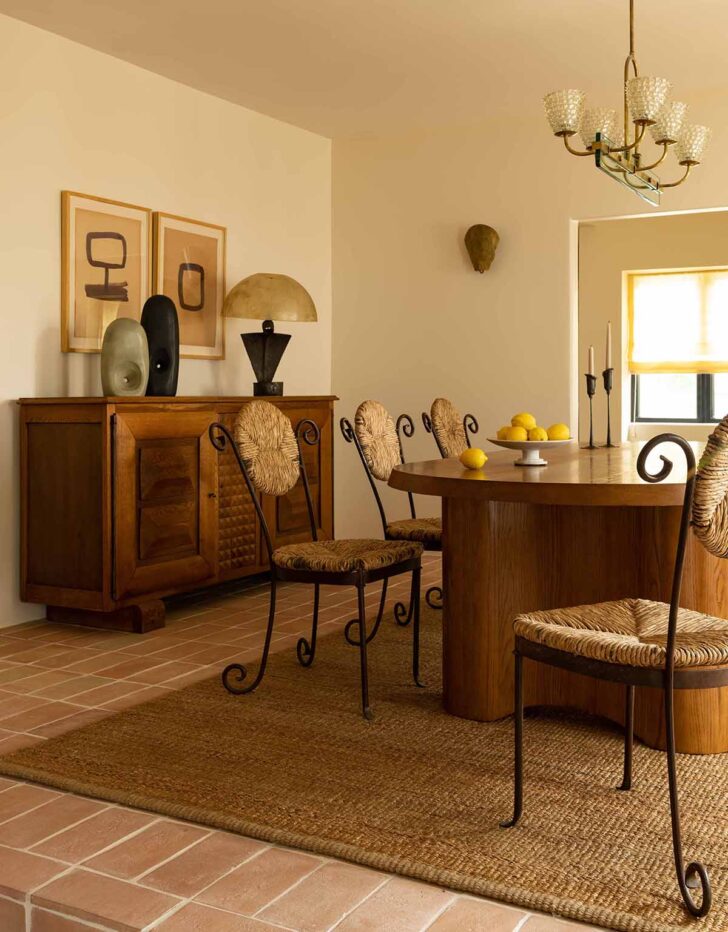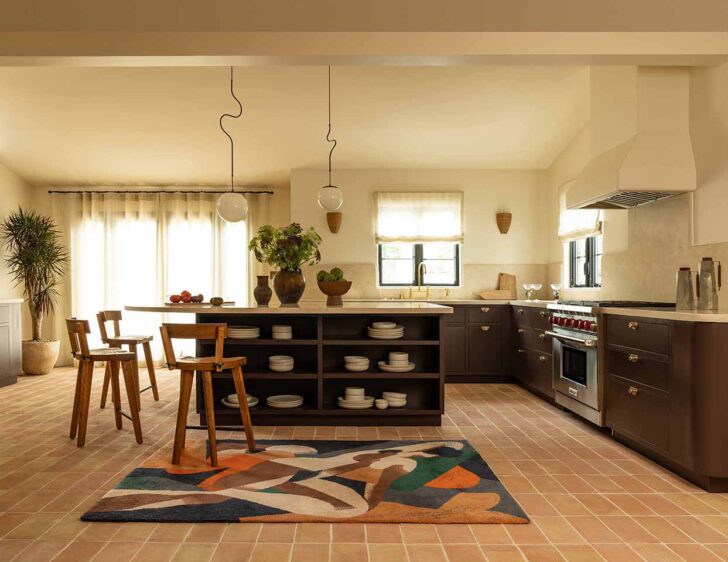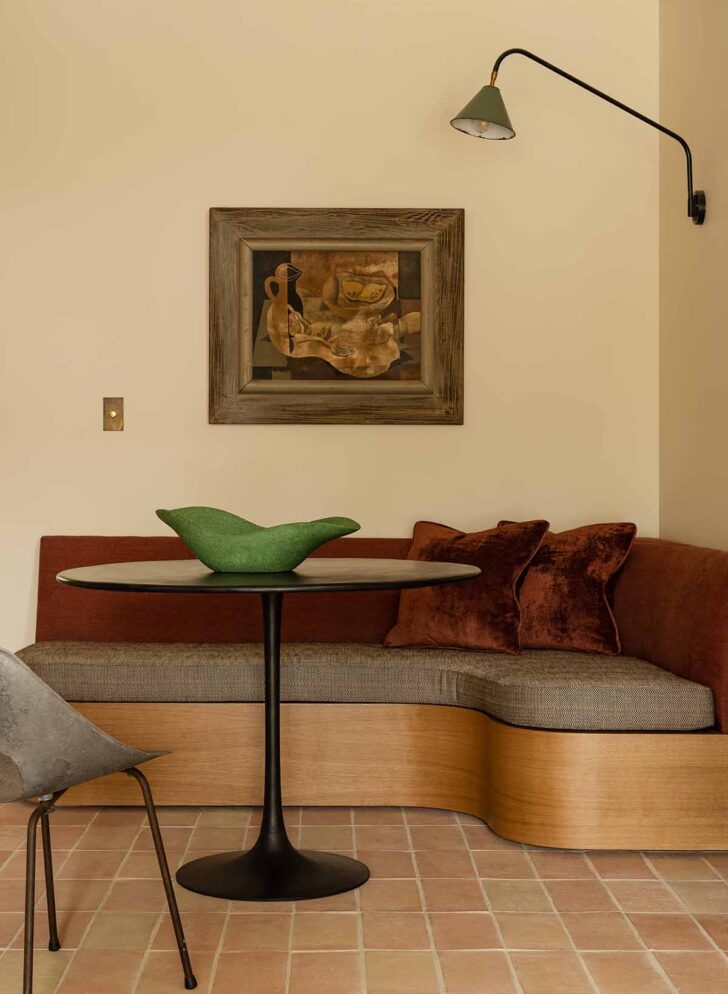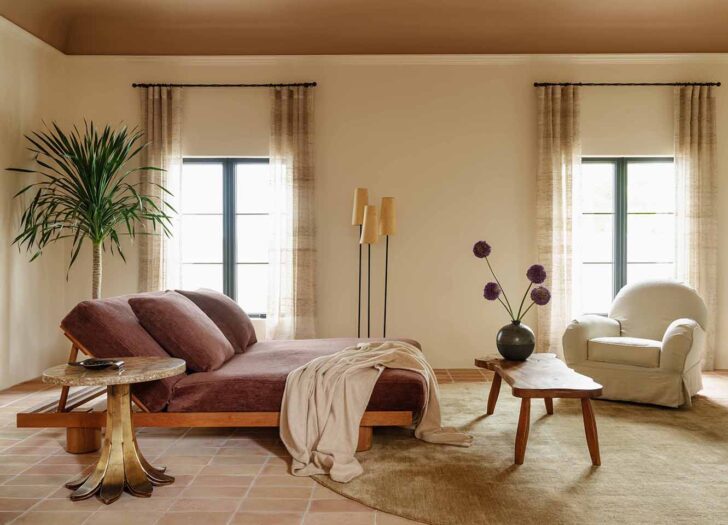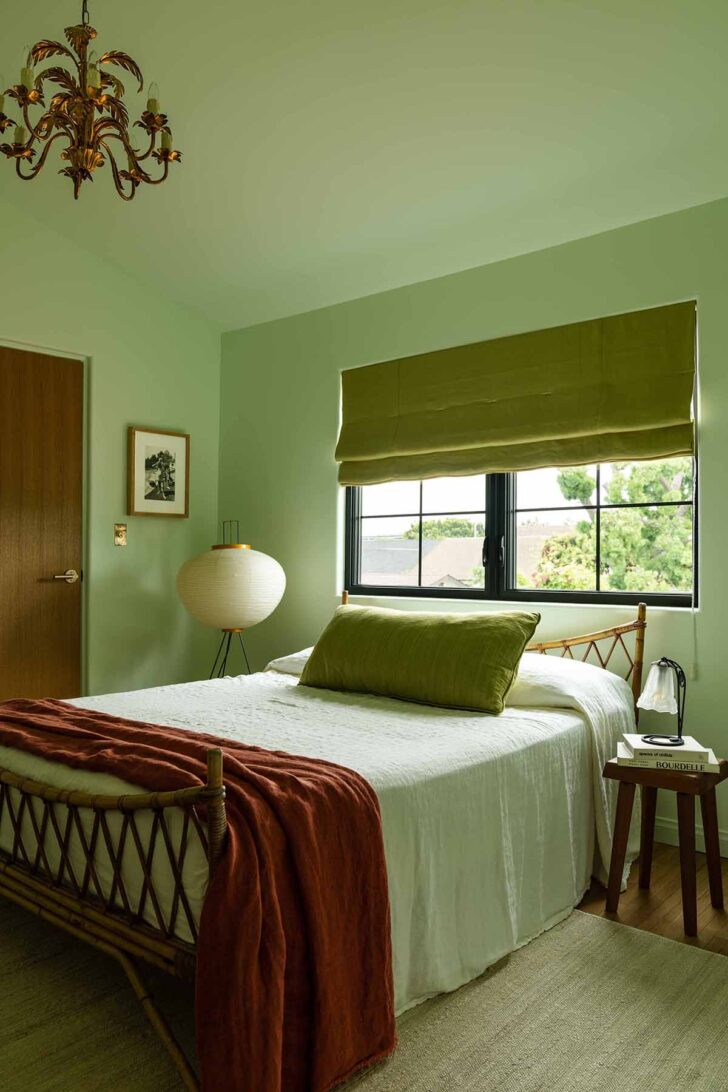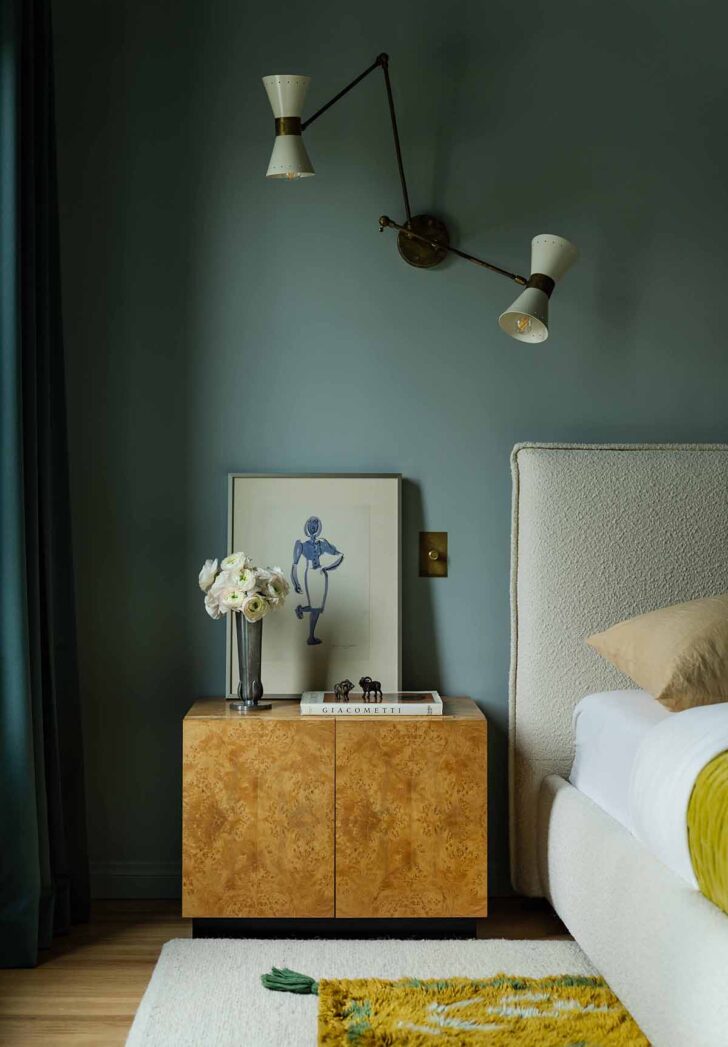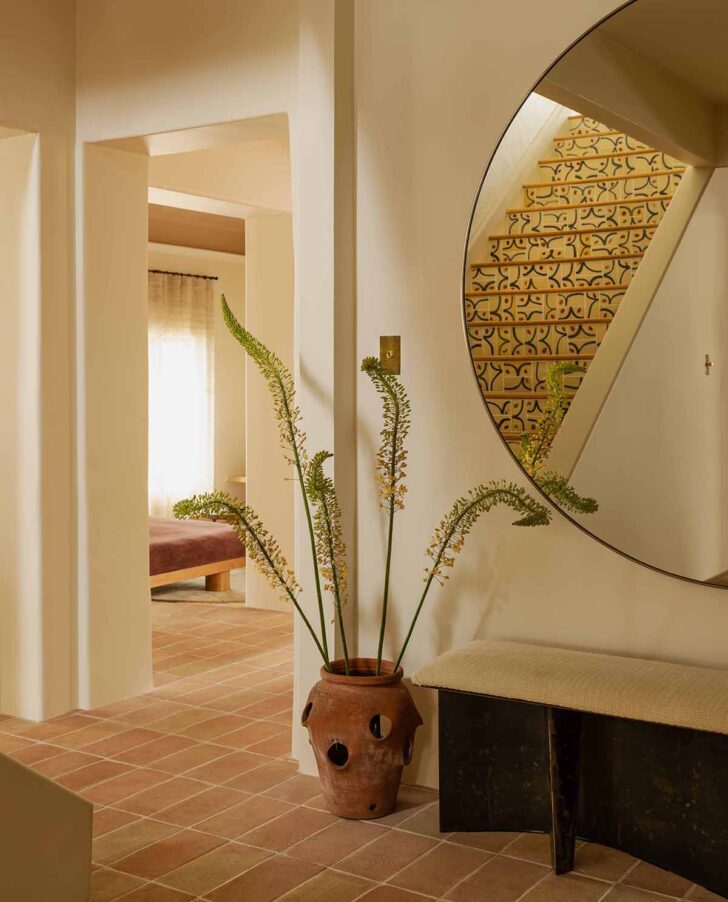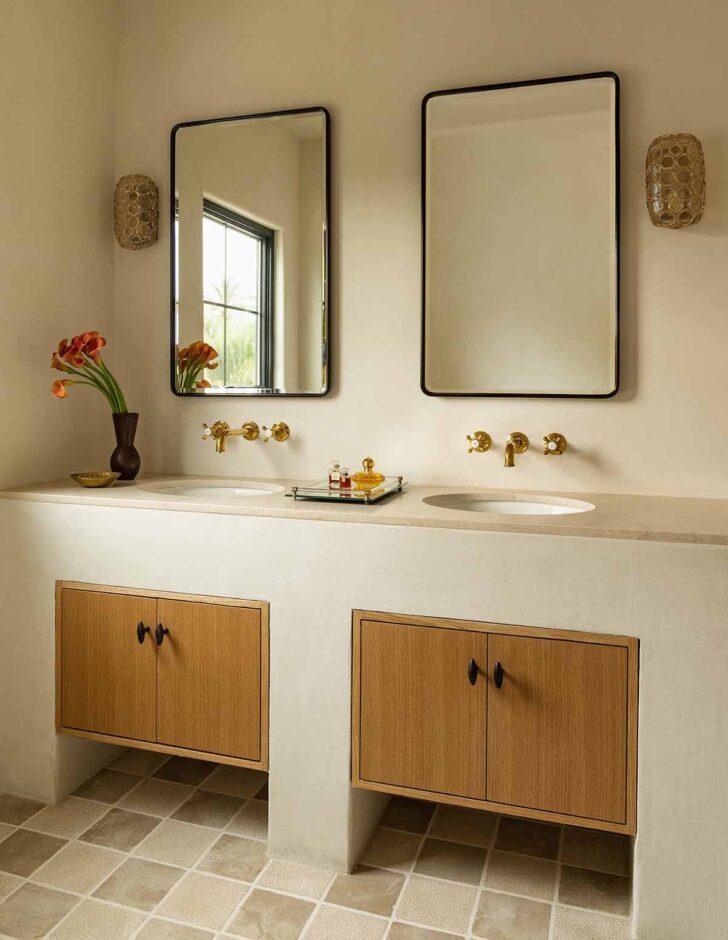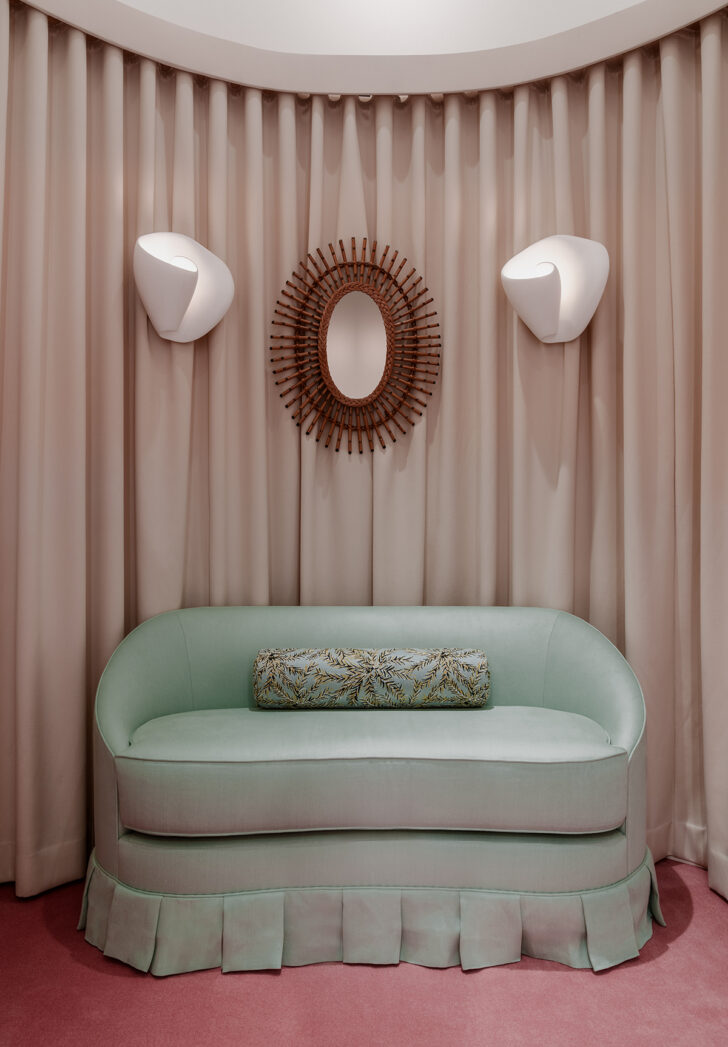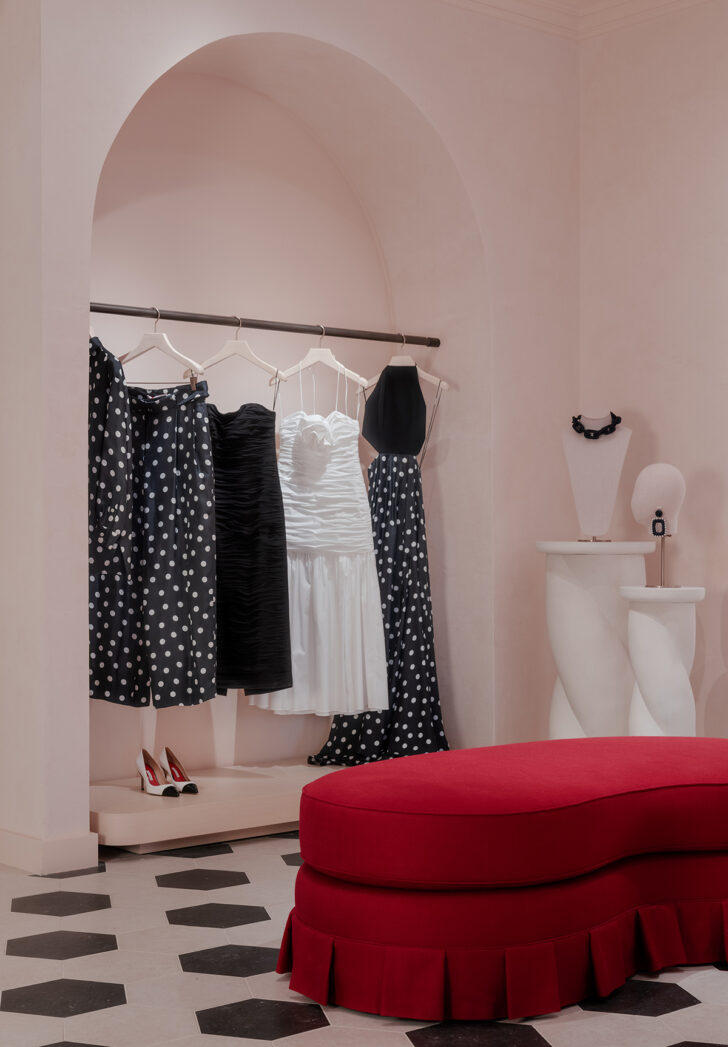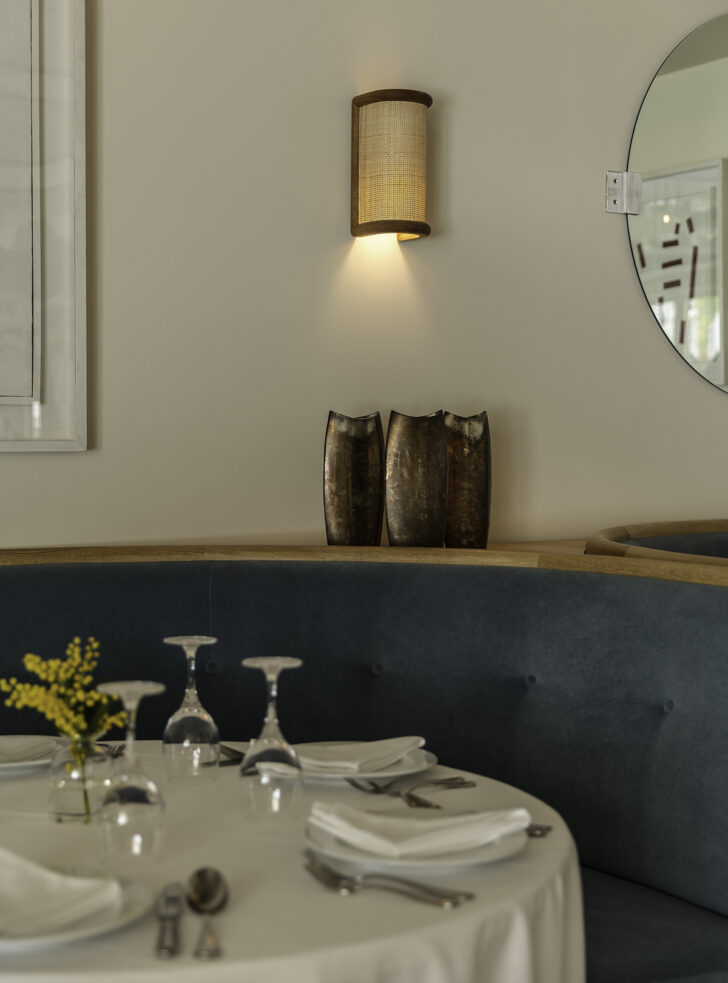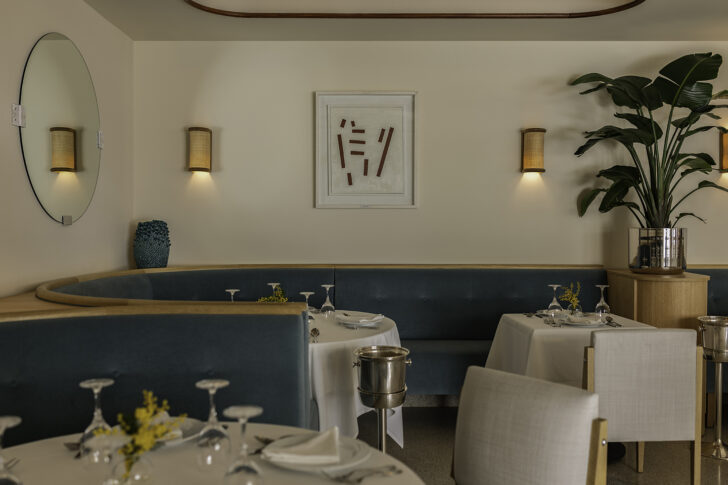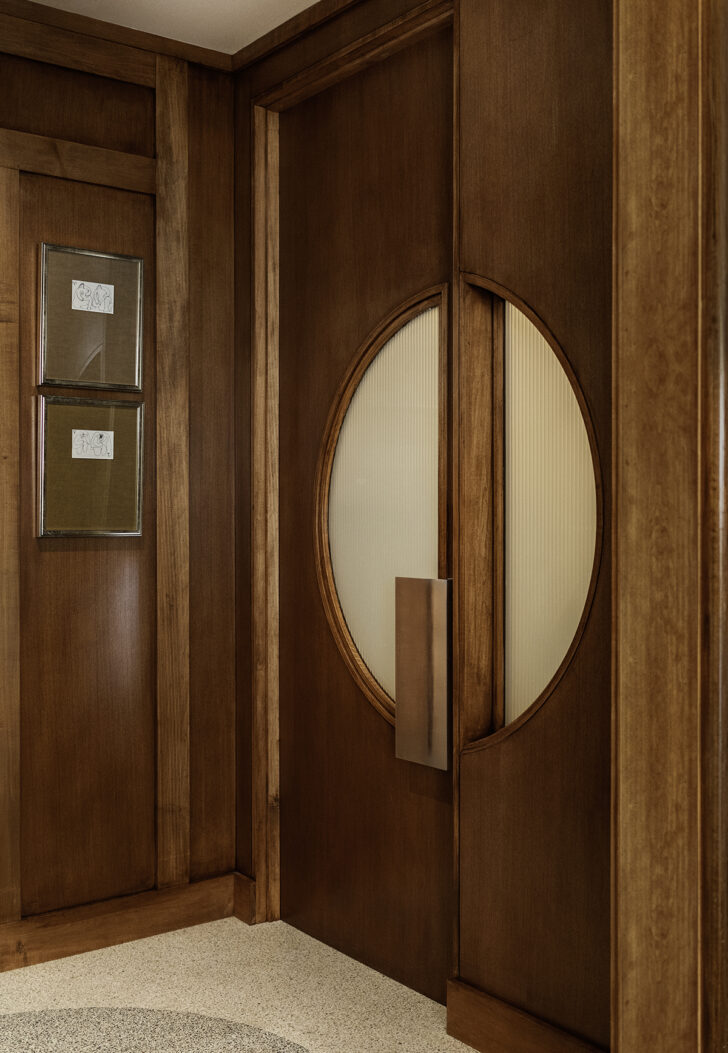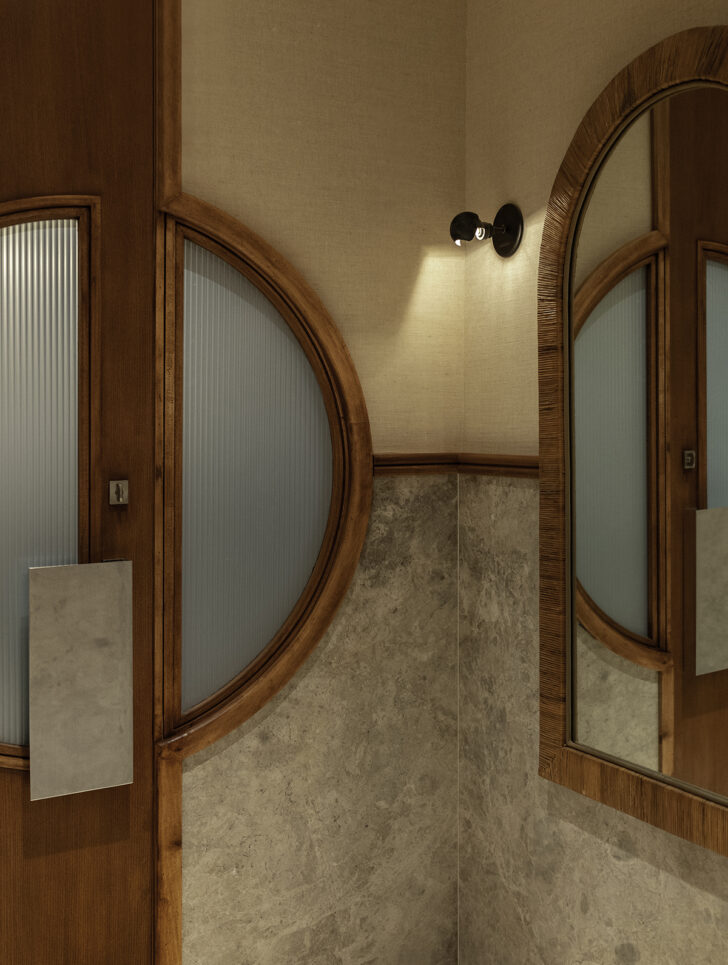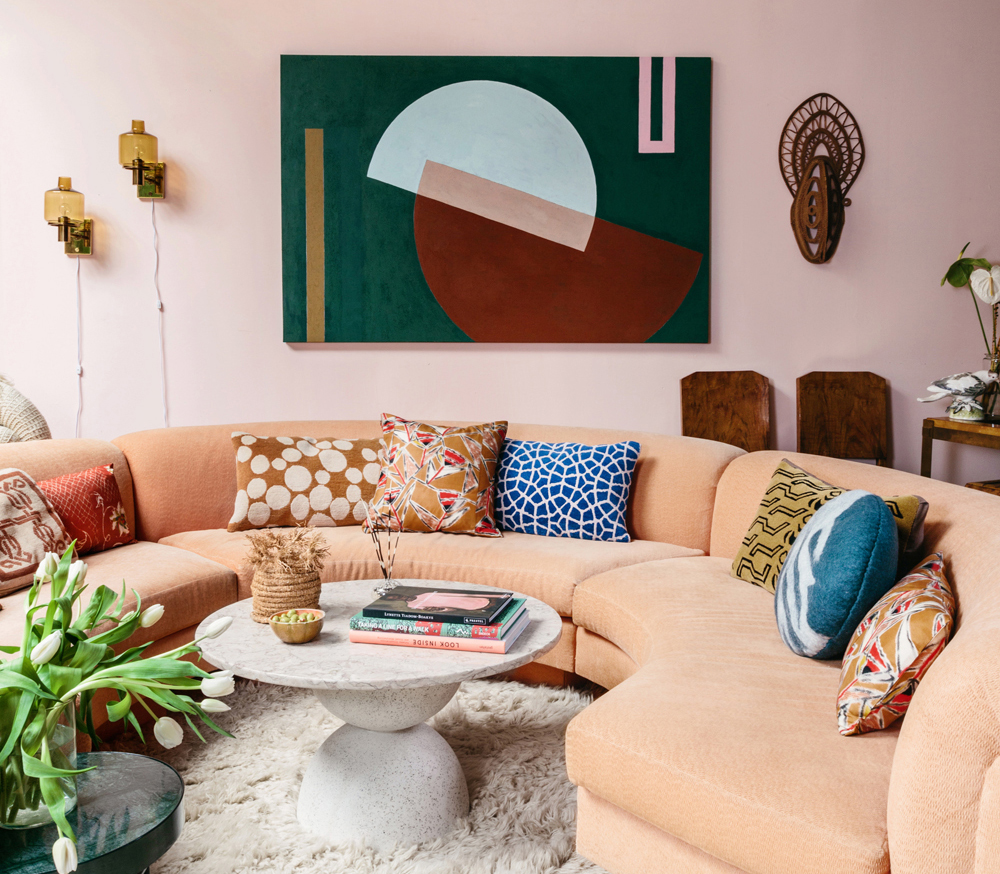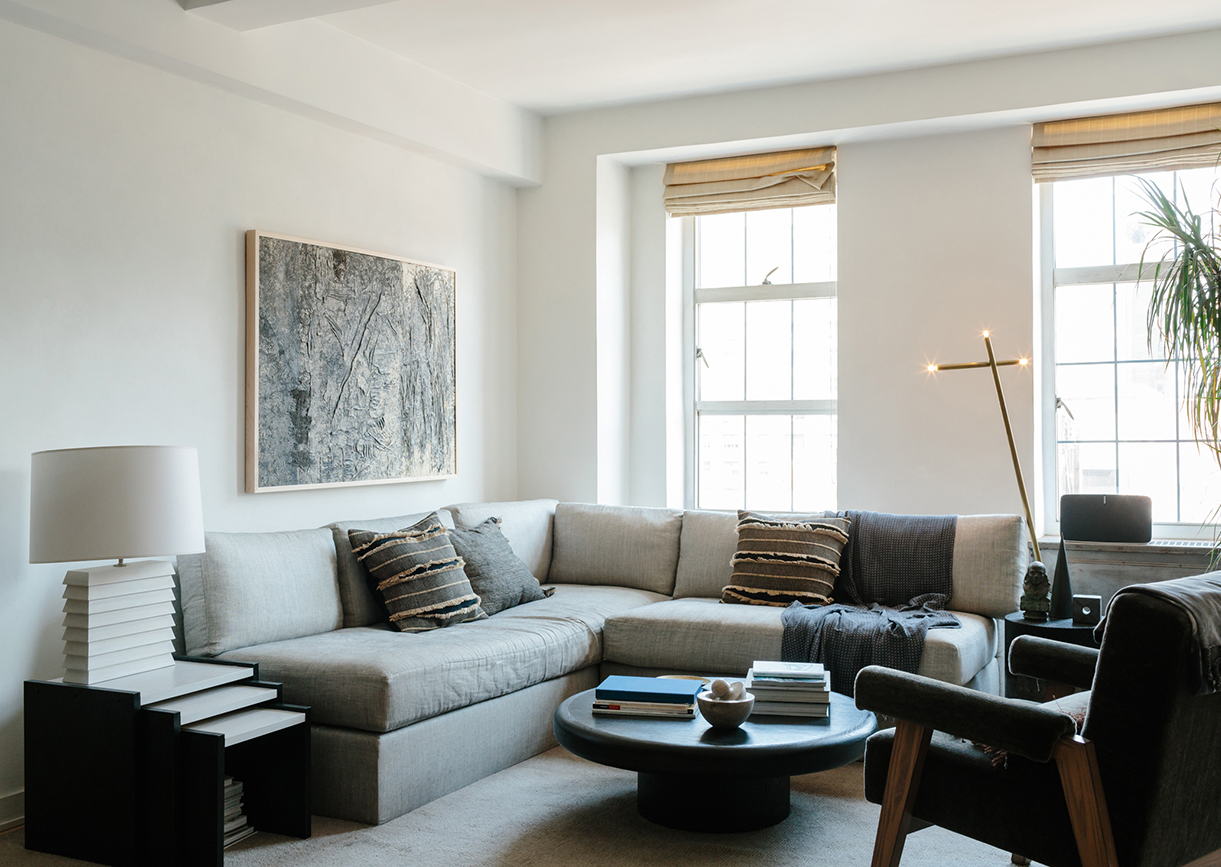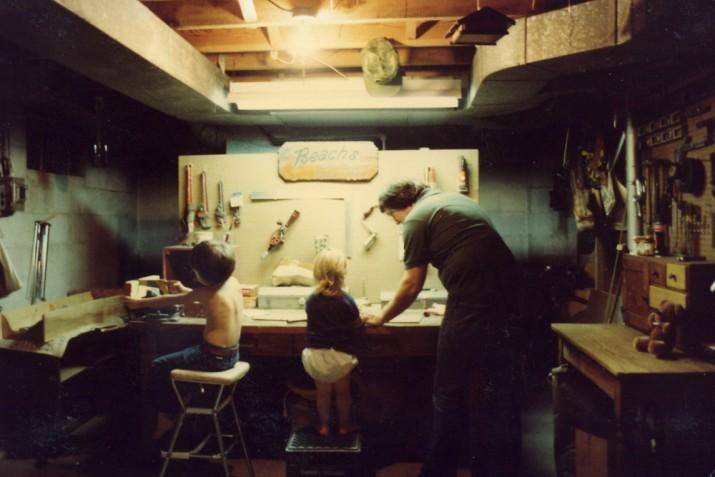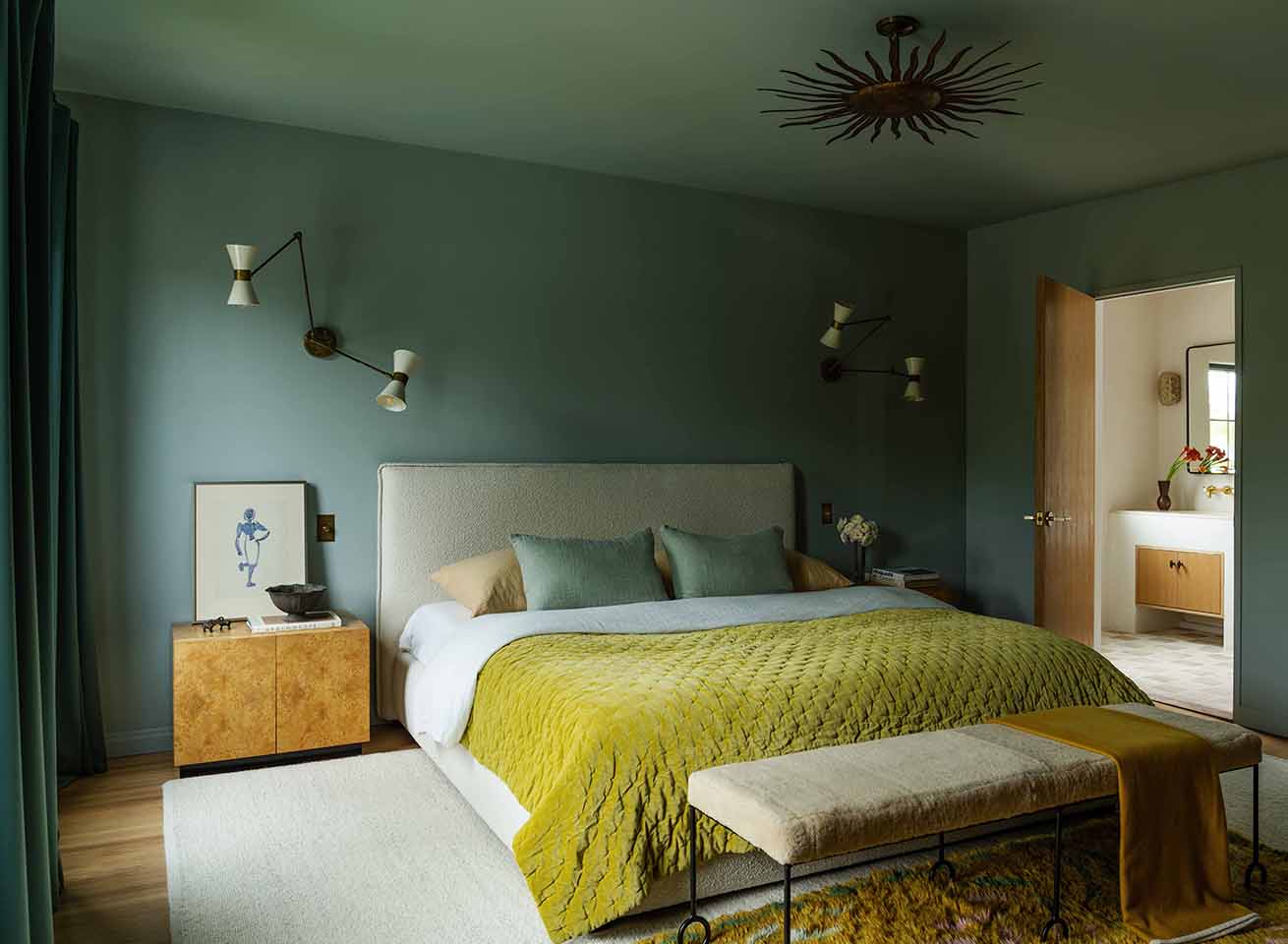
12.10.24
Interiors
A Teal and Tobacco Study, a Pistachio Bedroom — David Lucido’s Sophisticated Sense of Color Makes Him One of our Favorite Interior Designers to Watch
David Lucido has a gift for combining proportion, shape, and color in ways that are sophisticated and refined but not at all stuffy. His interiors, whether residential, commercial, or in hospitality, are never overdone but also never boring; they’re just right. It’s a challenge he makes look easy, but effortlessness almost always requires a lot of effort. Lucido, who currently splits his time between Palm Beach and New York City, pulls it off by balancing a strong work ethic and meticulous attention to detail with a lack of personal pretension. “I’m not a very serious person,” he says. “It’s not surgery, so why not be a little more expressive with things? I really just try to bring out the personality in my clients… I think the best projects are a true collaboration, that push you outside of your box a little bit.”
Lucido got his start, after art school, in graphic design but felt isolated, “stuck behind a computer with headphones in all day.” He shifted to interiors, learning the ropes at a small studio before spending half a dozen years working for a private estate on the Upper East Side that had its own design team, handling everything from yachts to planes to a daughter’s dorm room. “Top to bottom, everything creative went through our department. It was really an incredible learning experience,” he says. Not only in terms of exposure to the highest of the high end and the breadth and depth of what he worked on, but the intense expectations that went with his role. It gave him the confidence to meet and exceed the needs and demands of clients when he decided to strike out on his own as an interior designer. The timing — March 2020, the start of the pandemic — may have seemed unfortunate. But the location of his first project, the Palm Beach restaurant Le Bilboquet, brought a temporary relocation to Florida, which has since become more permanent.
“The thing that’s attracted me to Palm Beach is that there aren’t so many people like me here,” he says. Getting to be “a bigger fish in small pond” has its benefits and going back and forth has allowed him to cultivate two different approaches. In Palm Beach, “I do things that have a more tropical twist, I use a lot of natural materials and a lot of rattan. And I try to be a little more flamboyant here with my work. And in New York it’s like the edge, the urban quality, people developing beautiful collections of furniture and kind of having a showplace.”
His work now takes him well beyond New York and Florida, but a sense of place is where he often starts when designing an interior. “The locale is super important. I hate spaces that look like they don’t belong at all.” Or like they could belong anywhere. Lucido doesn’t follow trends too closely. It’s not about having the “It”-chair of the moment but finding the piece that fits. “I’d rather drive myself crazy and source something that’s beautiful and may not be the most expensive thing on the block but it’s extremely interesting and rare and expressive,” he says. And he doesn’t play favorites when it comes to designers or brands. “I’m an equal opportunist. I think that helps your work evolve. I’m really open to all eras and designers.” The same goes for color — no color is off-limits, though it’s a matter of finding specific shades within the spectrum. “So even orange, which a lot of people can hate, I think the right hue can be fantastic. It’s about finding which color would be your color and then I think I have a pretty good ability of finding the weird, offbeat but still cool tone within that hue.” He also follows a rule of no more than three colors to a room. “You’re not gonna run into a lot of trouble with the combinations.”
Lucido finds inspiration in all sorts of places, but “French maritime glamour” (Art Deco ocean liners from the 1920s and 30s) has a hold on him. It’s all over Le Bilboquet and the shops he’s done for Carolina Herrera. “I didn’t realize it until after, but with Le Bilboquet it does kind of feel like you’re on a yacht when you’re inside of it,” with its precision and curving, nautical lines. And what he’s often drawn to is “Deco and also Postmodernism, because they have a close relationship.” In some ways, 80s design is an “amplified version” of Art Deco’s vocabulary. “I think that’s where the humor or the not-so-seriousness of my work reflects itself. When I bring in things from the 80s or the 90s that don’t necessarily have the most amazing provenance. But they work together.” It may not be all that surprising that he’s seen the original Beetlejuice too many times to count – and if it doesn’t directly influence his aesthetic choices, he’s drawn to the movie’s “serious sense of darkness but then all the lightness and sense of humor.” (Who does Postmodernism better than Delia Deetz?)
The light touch and awareness of subtleties that’s required to keep irreverence from sliding into kitsch is evident in Lucido’s work. As for future dream projects, he wants to do “a boutique hotel, where I can touch on every little design detail.” And after having done a Brooklyn townhouse, he’d love to put his stamp on a big, lofty residential space in New York. He’s currently at work on his first ground-up residential project in Miami, additional stores for Carolina Herrera in Texas and California, a residential project in Palm Beach, and a kind of “pet project” with some friends who are opening a tavern in West Palm. It’s an exercise in taking “down and dirty, run-of-the-mill materials” – cork, steel tile, linoleum floors – and “breathing new life into them.”
PHOTOS BY ORI HARPAZ
